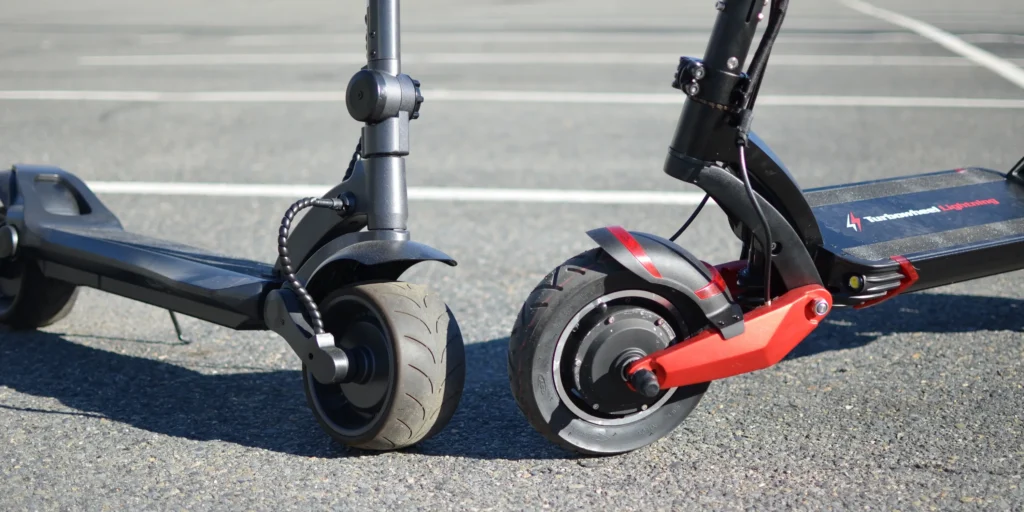As urban mobility evolves to meet the demands of modern living, electric scooters (e-scooters) and bicycles have emerged as popular choices for eco-conscious commuters and leisure riders.
Both these modes of transportation offer numerous advantages, including reducing carbon footprints and navigating through congested city streets with ease.
However, when it comes to speed, which option comes out on top? In this article, we will delve into the comparison between e-scooters and bicycles in terms of speed and explore the factors that influence their respective velocities.
Acceleration and Initial Speed
Electric scooters are known for their quick acceleration and the ability to reach their top speed rapidly.
With powerful electric motors and responsive throttles, e-scooters can zip through traffic and busy intersections effortlessly.
On the other hand, bicycles, especially those with multiple gears, might take a bit more effort to build up speed from a standstill.
However, once the rider gains momentum, maintaining speed becomes relatively easier.
Maximum Speed
When comparing maximum speeds, e-scooters typically hold an advantage over bicycles. The average top speed of an e-scooter ranges from 15 to 25 miles per hour (24 to 40 kilometers per hour), depending on the model and local regulations.
On the other hand, a regular bicycle without any electric assistance can reach speeds of 15 to 20 miles per hour (24 to 32 kilometers per hour) on flat terrain.
However, it is worth noting that some e-bikes (electric-assist bicycles) with pedal-assist or throttle systems can match or even surpass the maximum speed of certain e-scooters.
Terrain and Climbing
When it comes to tackling challenging terrain, e-scooters may have an edge over traditional bicycles.
The powerful electric motors in e-scooters allow riders to conquer hills and inclines with ease, making them an ideal choice for hilly urban landscapes.
On the other hand, while regular bicycles might require more effort from the rider to climb hills, e-bikes with pedal-assist or throttle systems can level the playing field by providing additional power when needed.
Rider Input
One crucial factor that influences the speed of both e-scooters and bicycles is rider input. With e-scooters, the rider has control over the throttle, determining how much power is delivered to the motor.
On the other hand, bicycles require the rider to pedal actively to generate speed, making the rider’s effort a more significant contributing factor to the overall velocity.
Conclusion
In the speed showdown between e-scooters and bicycles, e-scooters generally have the upper hand when it comes to maximum speed and initial acceleration.
Their electric motors provide quick bursts of power, making them an excellent choice for urban commuters looking for a swift and efficient mode of transportation.
However, it is essential to consider that bicycles offer a different kind of experience, promoting physical exercise and allowing riders to enjoy the journey at their own pace.
Ultimately, the choice between an e-scooter and a bicycle boils down to personal preferences, terrain, and intended usage.
Whether you opt for the speed and convenience of an e-scooter or the classic charm and health benefits of a bicycle, both options contribute positively to sustainable and eco-friendly urban mobility.

